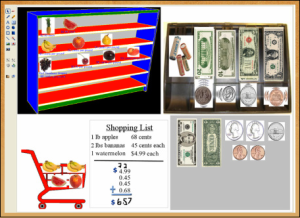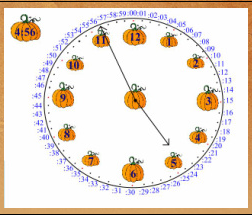This past week was full of questions about how to study vocabulary for words you can not find associations to. Vocabulary can be such a huge part of comprehension. Here are a few ideas I have in mind.
1. Word pictures
2. Foldables
3.Prefixes/Suffixes
4.Greek and Latin Roots
5. Background information
1. Word pictures are great for those visual artistic kids. By drawing a picture that represents the word, they remember it. Visual learners will remember the picture when they see the word. Other kiddos might do well with acting words out. Create a game of charades with vocabulary words. Take turns acting words out. These kiddos that this work for are usually kinesthetic learners and will remember the words by how they were interpreted in action.
2. Foldables– Dinah Zike is the big name in foldables, however they have been around every since I can remember. I love using this one in my classes by asking kiddos to set up their foldable before we start with the words. A foldable is a sheet of paper folded so that a word can be on top and by lifting the fold, the description or definition or picture is revealed. During a lesson, I might have students stop at points to draw a picture or write a definition of their word. To see an example of a foldable, go here: http://www.csun.edu/~krowlands/Content/Academic_Resources/Foldables/Basic%20Foldables.pdf
3. Prefixes and Suffixes– Learn the list of prefixes and suffixes. These are great for figuring out unknown words. Even create a foldable to learn these. Talk about a cheat sheet. These can be that cheat sheet you always wanted. http://www.prefixsuffix.com/rootchart.php
4. Greek and Latin Roots- Roots can be the most fun. Take different greek or latin roots and combine them with prefixes or suffixes to make silly words that do not make any sense. While someone can spend years learning these, it is worth your efforts and time. Go here to see a full list: https://www.msu.edu/~defores1/gre/roots/gre_rts_afx1.htm
5. Background information– Probably the most important part of learning vocabulary for Science or Social Studies is understanding the background information. What is the setting of this vocabulary? Are we talking about the civil war? Do we understand what the setting was like for the civil war? It is only then that we may understand some of the vocabulary that originated from the time period. Don’t isolate vocabulary words. Make them meaningful and a part of a bigger picture. If you don’t, they won’t stick. We all want them to stick…forever.


